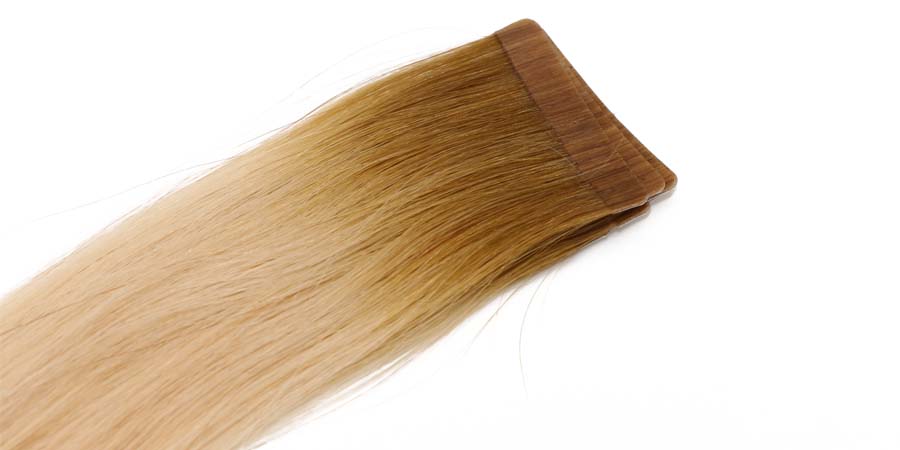Human hair extensions have gained immense popularity as a versatile option for changing hairstyles. However, concerns about fading over time often arise among users. In this article, we delve into the question: Is it normal for
human hair extensions to fade?
Understanding Fading in Human Hair Extensions
Fade in
human hair extensions can be a common occurrence due to various factors:
-
Exposure to Environmental Elements: Prolonged exposure to sunlight and environmental pollutants can cause the pigments in human hair extensions to break down, leading to dullness and fading over time. Sunlight contains UV rays that can degrade the color molecules in hair extensions, resulting in fading. Similarly, pollutants in the air, such as smoke and dust, can accumulate on the hair surface, causing it to lose its luster and vibrancy.
-
Quality of Hair Extensions: The quality of human hair extensions plays a significant role in their resistance to fading. Lower quality extensions, often made with lower grade hair or inferior dyeing techniques, may lack the durability to maintain their color over time. High-quality extensions, on the other hand, are typically made with premium materials and undergo advanced dyeing processes, resulting in longer-lasting color vibrancy.
-
Styling and Maintenance Habits: Improper styling and maintenance practices can also contribute to the fading of human hair extensions. Excessive use of heat styling tools, such as flat irons and curling wands, without adequate heat protection can damage the hair cuticles and accelerate color fading. Additionally, neglecting regular care routines, say excessive washing, particularly with harsh shampoos containing sulfates, can strip away the natural oils that protect the hair shaft, can further weaken the hair strands and diminish their ability to retain color.

Tips for Minimizing Fading
To minimize fading and maintain the vibrancy of human hair extensions, consider the following tips:
-
Use sulfate-free and color-safe hair products specifically designed for hair extensions.
-
Apply UV protection sprays or wear hats made of UV-resistant materials when spending extended periods in the sun.
-
Limit the use of heat styling tools and always use heat protectant products to shield the hair from heat damage.
-
When it comes to washing, follow a regular maintenance routine. Here are some tips:
- Gentle washing with lukewarm water and using a moisturizing conditioner to keep the hair hydrated and nourished.
- Adjust the frequency based on how often they are worn to minimize fading.
a. For non-permanent hair extensions, such as
clip-in extensions, washing every 10-15 wears is recommended to keep them looking fresh and remove any product buildup;
b. For permanent hair extensions, such as tape-in extensions, washing them twice per week is a good standard to stick with; if you have curly or wavy hair, washing once per week may suffice.
- If your hair tends to get greasy or oily, especially with regular exercise, consider using a gentle dry shampoo in between washes.
- Opt for shampoos that are intended for color-treated hair or sulfate-free shampoos to minimize fading and maintain the lifespan of the extensions.
In conclusion, while fading is a common occurrence in human hair extensions, it can be managed with proper care and maintenance. By understanding the factors contributing to fading and implementing preventive measures, you can extend the lifespan of your hair extensions and keep them looking vibrant and beautiful for longer periods. Remember, investing in high-quality human hair extensions and adopting healthy hair care habits are key to preserving their color and vitality over time.

